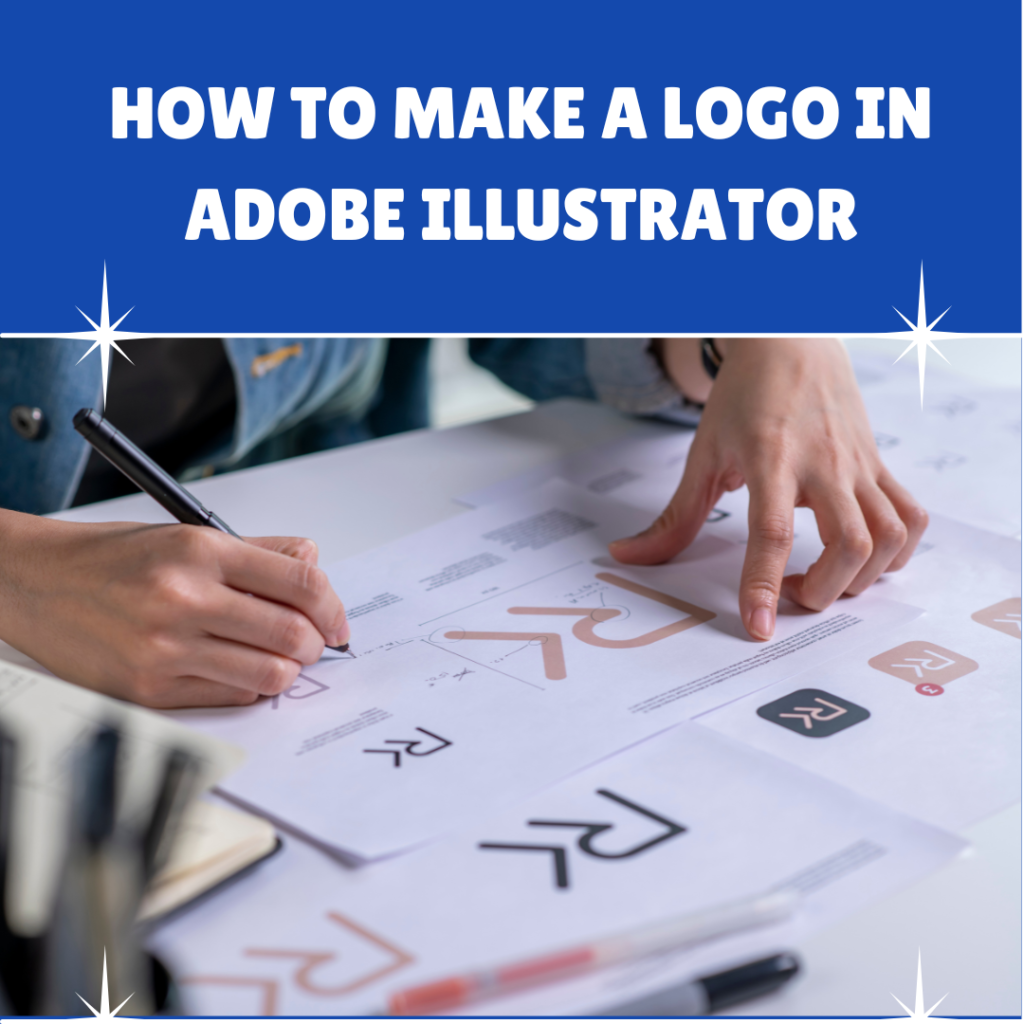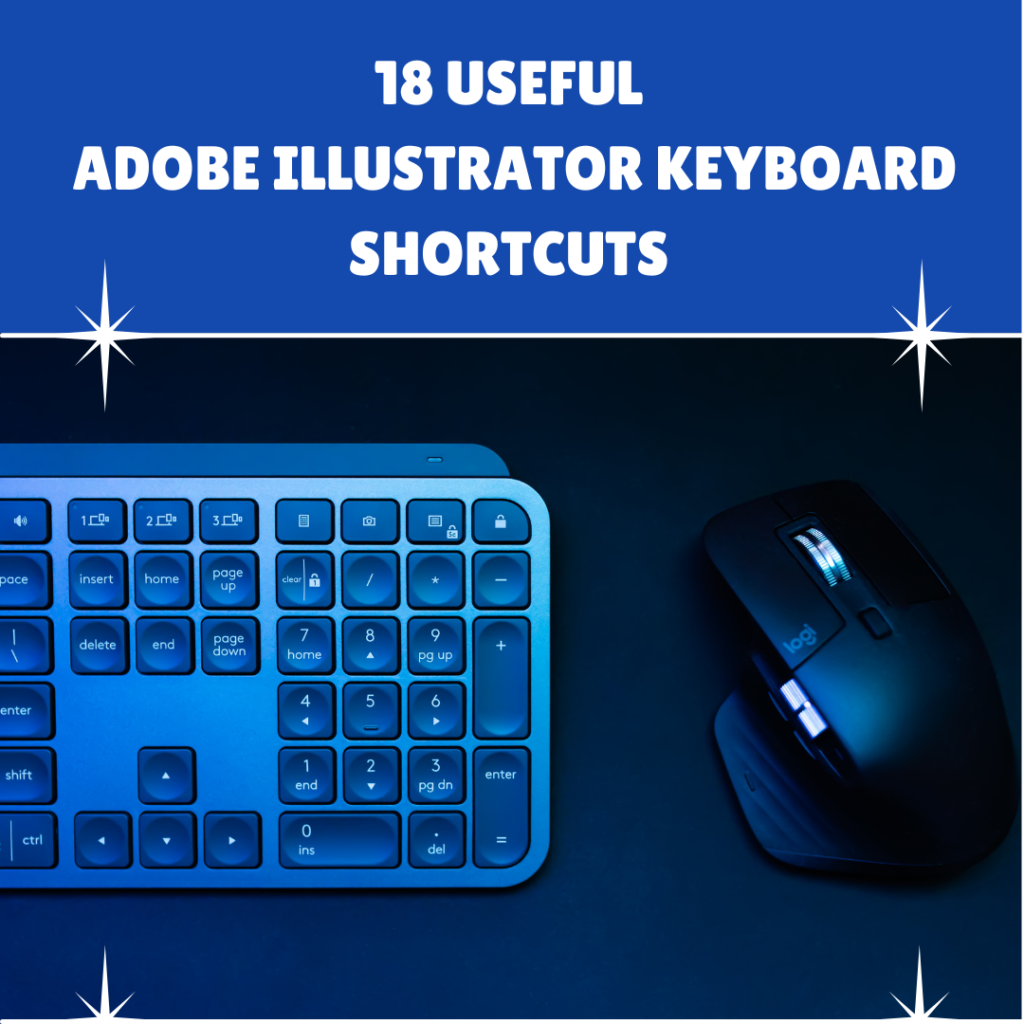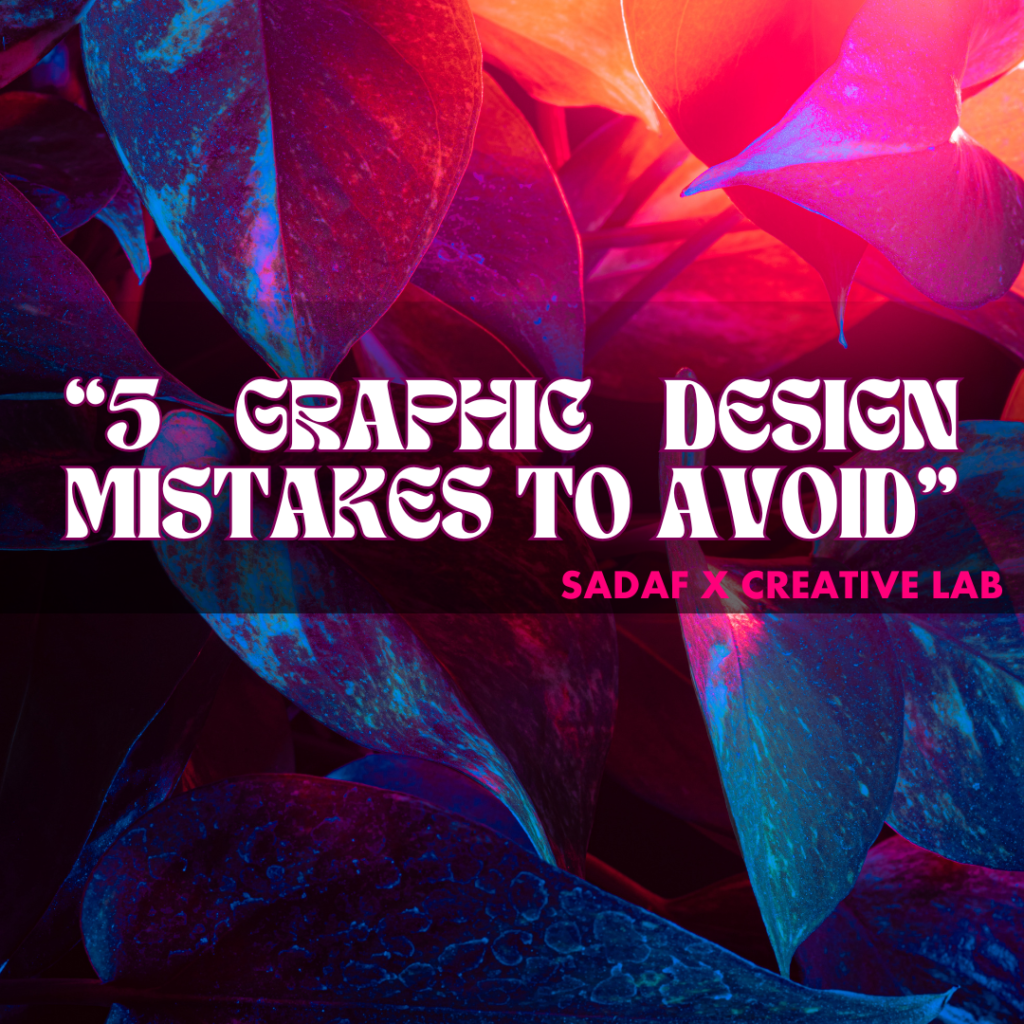How to Make a Logo in Adobe Illustrator
Adobe Illustrator is not the first step in creating a strong logo. You’re thinking about it. You must first sketch up your brand identity and...
Read More18 Useful Adobe Illustrator Keyboard Shortcuts
By using shortcuts, you can expedite your process and occasionally eliminate the hassle of making multiple selections. Why would you click many times to accomplish...
Read MoreHow to remove background in photoshop
Removing backgrounds in Photoshop can be done in various ways depending on the complexity of the image. Here’s a guide along with tips to help...
Read More“5 Graphic Design Mistakes to Avoid”
Graphic design plays a crucial role in communicating messages effectively, creating visual appeal, and establishing brand identity. However, even experienced designers can fall into the...
Read MoreStep-by-Step Guide to Creating a Letter Portrait in Photoshop
“Transforming Words into Art: Creating a Stunning Letter Portrait in Photoshop” As a graphic designer, one of the most rewarding aspects of my work is...
Read More- 1
- 2



